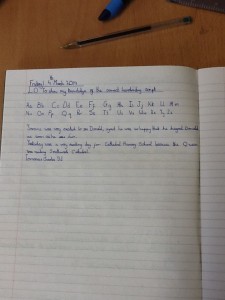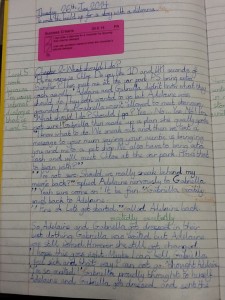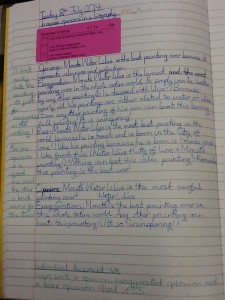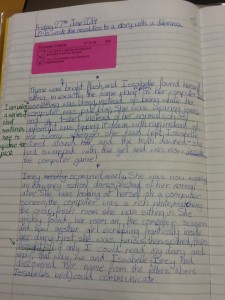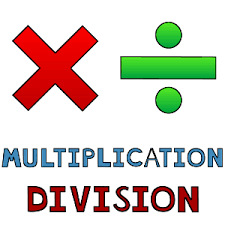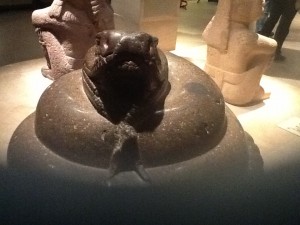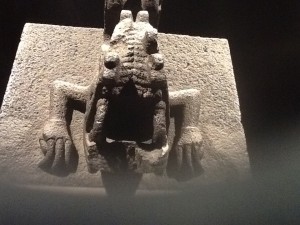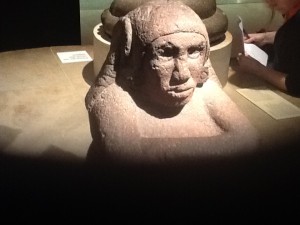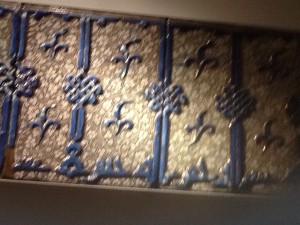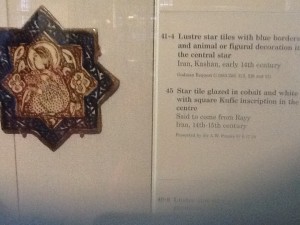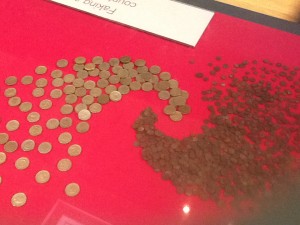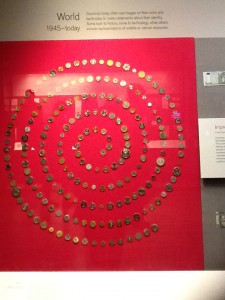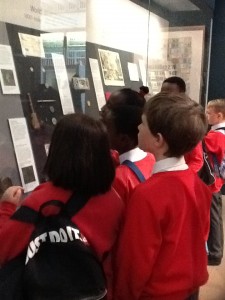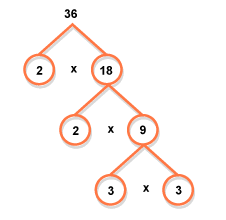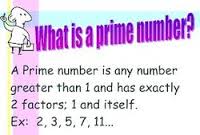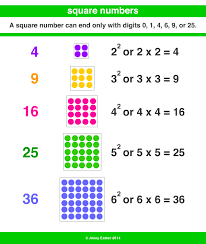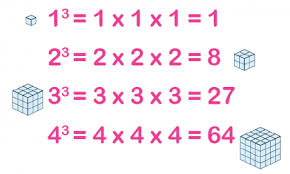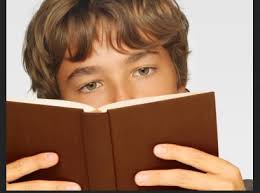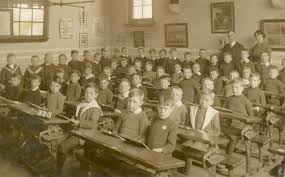
The Victorian age was only 150 years ago but things were very different in those times to how they are today. It was a time of great change and excitement across Britain but it was also a time of great contrast between rich people and poor people. Rich Victorians lived a life utterly unimaginable to poor Victorians and this difference was a source of inspiration to one of Britain’s finest ever authors – Charles Dickens.
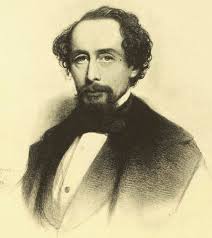
During the next half term, Class 5 will be studying life in Victorian Britain during their history sessions as well as basing their literacy work around one of Dickens’ (and Britain’s) most famous books – Oliver Twist. During November, the class will be completing a mini-project based on life in Victorian Britain and Charles Dickens. As such, any additional research students can complete on these subjects will be fantastically helpful in ensuring a successful unit of work.
In particular, when researching try to focus:
1) the life of Charles Dickens (another helpful link and another and another);
2) the difference in lifestyles for rich people and poor people (another helpful link); and
3) what life was like in a workhouse.
As we will be studying the story of Oliver Twist, try to research this in depth (this links to a very detailed overview of the story – as this webpage has a target audience of adults, only use it as an extension activity).
